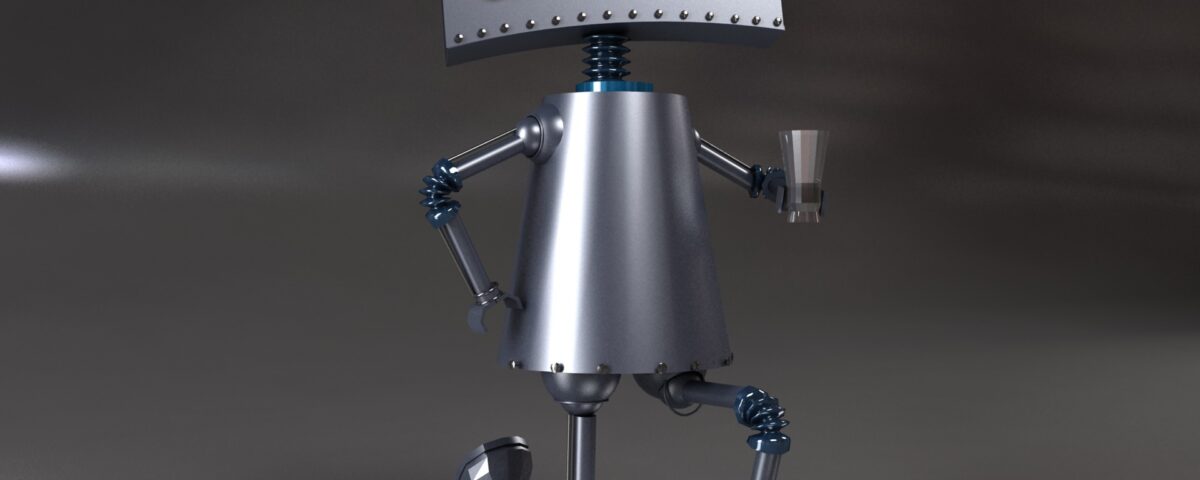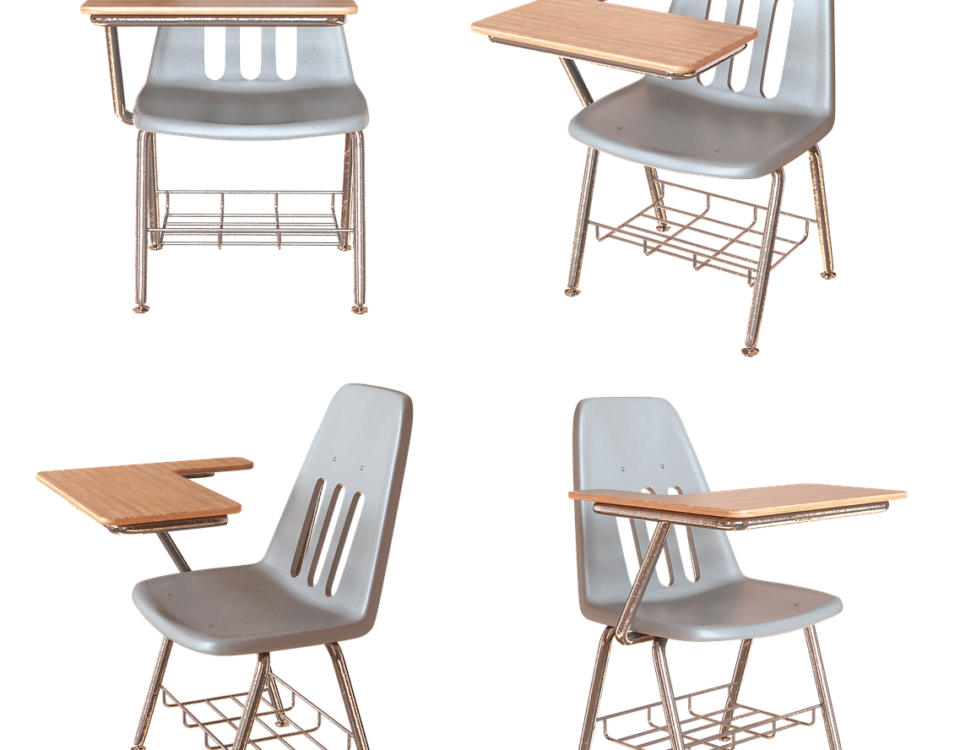Working Principle of the Air-Pressure Jet Solidification (AJS) Rapid Prototyping System

Analysis of Factors Influencing the Fused Deposition Modeling (FDM) Process
February 14, 2025
Characteristics of the Air-Pressure Jet Solidification (AJS) Rapid Prototyping System
February 14, 2025The Air-Pressure Jet Solidification (AJS) rapid prototyping system is an advanced 3D printing technology that uses air pressure to extrude low-viscosity materials for layer-by-layer deposition and solidification of prototypes. The AJS system is designed for high precision and efficient production of complex three-dimensional parts directly from CAD models. Below, we will explain the working principle and main components of the AJS system.
1. Basic Structure of the AJS System
The AJS system operates by heating low-viscosity materials (such as a mixture of powder and binder) to a certain temperature, where they become ready for extrusion. These materials are then extruded through a nozzle by air pressure supplied by an air compressor, and are deposited onto the working platform or on top of the previous layer of material. The nozzle follows the geometric shape of the current layer’s cross-section, and the material is built up layer by layer, solidifying after each deposition.
The working platform is controlled by a computer system that moves in the X, Y, and Z axes. This enables the system to create three-dimensional solid parts or directly fabricate spatial curves. The precision and layer-by-layer build process make it ideal for producing intricate prototypes with high accuracy.
2. Key Components of the AJS System
The AJS system is composed of six main components:
- Control System: The computer control system is responsible for coordinating the entire AJS system. It includes CAD model slicing software and support generation software. The slicing software divides the 3D model into thin layers and simulates each cross-section at specific intervals. The support generation software automatically adds necessary supports to the model to ensure stability during printing.
- Heating and Cooling System: The materials to be extruded are stored in a heated chamber. The chamber is heated using resistance wires, and a temperature sensor regulates the heat to maintain a consistent temperature. This ensures that the material remains in a proper molten state for extrusion. Cooling mechanisms are also employed to control the solidification process after each layer is deposited.
- Extrusion System: After the material is heated, it is pressurized using a sensor-controlled pressure system. The material is then extruded through the nozzle at a controlled rate, ensuring smooth and consistent deposition.
- Nozzle Mechanism: The nozzle is responsible for accurately extruding the molten material onto the platform. The nozzle speed, extrusion volume, and layer adhesion are tightly controlled to achieve the desired precision and surface quality.
- Lifting Platform and Support Mechanism: The platform that holds the printed part moves in the Z-axis direction to allow the deposition of each layer. The system also includes a support structure that helps stabilize the part during printing, ensuring that complex geometries are accurately built up layer by layer.
3. Process Workflow of the AJS System
The AJS system begins with the preparation of a 3D model in CAD software, which is then sliced into cross-sectional layers. The computer system processes this data and generates instructions for the printing process, including material extrusion speed, nozzle movement, and layer formation. The material, which consists of a mixture of powder and binder, is manually loaded into the heating chamber.
Once heated, the material is ready for extrusion, and air pressure pushes it through the nozzle. The nozzle deposits the material onto the platform or onto previously deposited layers, following the path determined by the layer’s geometry. The material quickly solidifies as it cools, and the platform moves down to allow the next layer to be deposited.
4. Advantages of the AJS System
The AJS system offers several advantages over other rapid prototyping technologies:
- Precision: The AJS system provides high accuracy in part manufacturing, as the nozzle follows precise geometric paths and controls the material flow in a way that minimizes errors.
- Flexibility: The system is capable of producing complex three-dimensional shapes and spatial curves, which makes it ideal for prototypes with intricate geometries.
- Support Generation: The automatic support generation software ensures that complex models are properly supported, reducing the risk of deformation or failure during printing.
- Efficient Layer-by-Layer Build: The AJS system is efficient in producing high-quality parts, as each layer is deposited with precision, and the part is solidified after each deposition.
5. Applications of the AJS System
Due to its precision and ability to work with a variety of materials, the AJS system has a wide range of applications in industries such as:
- Prototyping: AJS is commonly used for creating detailed and accurate prototypes in industries like automotive, aerospace, and consumer electronics.
- Medical Devices: The system can be used to manufacture complex parts for medical devices, ensuring high precision and the ability to create customized solutions.
- Architecture and Design: AJS can produce intricate models for architectural designs and other artistic works, where precision and surface finish are paramount.
Conclusion
The Air-Pressure Jet Solidification (AJS) rapid prototyping system represents an advanced and efficient approach to creating high-precision three-dimensional parts. Its ability to extrude low-viscosity materials using air pressure, combined with its precise control over layer deposition, makes it a valuable tool in industries requiring high-quality prototyping and part fabrication. The system’s key components, including the control system, heating and cooling mechanisms, extrusion process, and lifting platform, work in tandem to ensure the accurate production of complex models.


